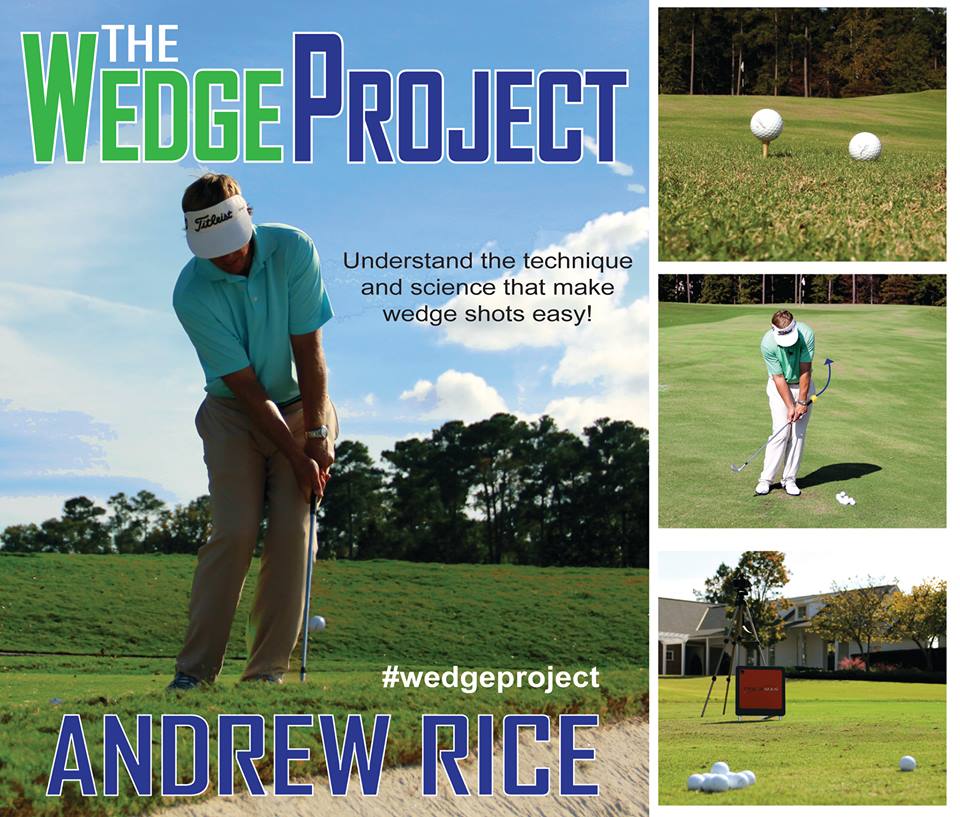Making Gains
/It seems like just the other day that I embarked on my teaching career, yet it was almost 30 years ago. As a young coach it didn’t take me long to get to a point where I thought I pretty much knew everything there was to know about the golf swing. My how things have changed! I remember saying that one day on Tour we would get to a point where there were no more ‘bad’ or unusual looking swings. Ha! Anyone seen Matthew Wolff’s golf swing?
When I first started coaching Phil’s backswing would have been too long, Bubba’s feet would have been too active, Jordan could never be successful with a bent lead arm, DJ’s club face would have been impossibly closed and Jim Furyk - well that just had no chance.
Perhaps it’s my experience speaking, but I believe the golf instruction industry has come a long way in the last two decades. We have made more progress in this time than all the years before. Our eyes have been opened to the uniqueness and intricacy of the golf swing and how there truly are many ways to get the job done. A better understanding of the forces and torques that golfers are exerting on both the ground and the club has opened our eyes to perhaps why the players pictured above are successful.
Another important revelation over the last two decades has been the value of skill. Your technique allows you to hit the ball towards your target, but its skill that enables you to adjust the flight, shape, distance and ultimately, the outcome of each unique shot on the course. So many golfers were falsely led to believe that if they simply upgraded their technique/mechanics/swing they would be world-beaters. Technique, no doubt plays a role, but the value of skill can no longer be over looked. The great Seve Ballesteros is a fabulous example of a golfer that relied more on skill, and heart, than technique…
Seve Ballesteros
I feel that the internet has been an important catalyst in our improvement and understanding as a community of golf coaches. Sound information is out there, if you simply know where to look or who to contact. I cannot overlook the role technology has played either. I know that having the opportunity to teach with TrackMan, SwingCatalyst and K-Motion over the years has served to make me a better informed coach.
We have also improved our knowledge of how people learn and we now know it’s not all about pounding balls and getting your reps in. Sure, we still need to work hard, but we have a better picture of how to effectively take full ownership of changes and better incorporate them into who we are as a golfer.
Are we there yet? Do we have all the answers? As an older, more seasoned coach, I never think I know it all anymore. Our understanding is significantly deeper than it was 20 years, but we still have much to do.
It’s an exciting time to be a coach and a golfer.











